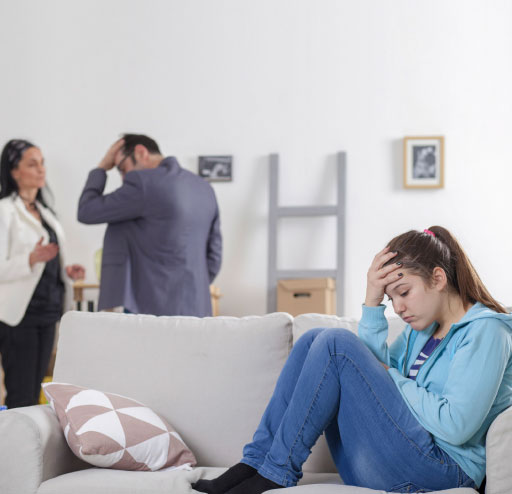Download a printable version of this article (PDF 445KB)

There are some myths around bullying that we’d do well to bust with some average, every day common sense. For instance, many of us think that bullying is simply a behavioural problem. Essentially, it isn’t. If it were, we could deprogram and then reprogram children to behave differently. Literally thousands of anti-bullying programs have been tried across the globe in recent decades. Why haven’t we found one that works yet?
At its core bullying is a cultural and relational problem. When we raise children in cultures of kindness and empathy, such as a positive school community or a caring family, the likelihood of that child using bullying behaviours reduces dramatically.
Yet we keep buying programs and making it tougher for our time-poor schools and families to focus intently on building kind and empathetic capabilities in children. It’s common sense to begin to change that.
Another myth we need to bust is that those who bully can be easily or swiftly cured of their behaviours if they are isolated from those they are bullying. If addressing bullying is about learning to be kind and empathetic to others, then those who bully need to practise new and appropriate behaviours on those they have harmed.
Did we just articulate that we should be bringing together the child who is bullying and the child on the receiving end of that bullying? Doesn’t that sound dangerous? Doesn’t that sound like an opportunity for more harm to be done? It is easy to understand why the alarm bells are sounding and it is perfectly normal to have an emotional response when you are desperate to protect children from being harmed. It is important though to understand that restorative practices can help to address and prevent further bullying. Discussing your concerns with the school may be helpful, especially if it is proving difficult to move past the emotional responses.
“I value unity because I believe we learn truth from each other in this process.”
– Rowan Williams
When we allow ourselves to view the situation calmly it’s likely we’ll realise that the relationship between the child who is bullying and child who is being bullied has become dysfunctional, broken.
This situation is not the fault of the child who is being bullied. However, a child who has been bullied will benefit from the relationship being repaired. After all, once the consequences, the conversations and the warnings have been conducted, both need to co-exist in the relational structure that is a school.
Our common sense knows that this sequence of events is more likely to produce a positive outcome than isolation and separatism:
- the child who bullies is brought to fully understand the harm caused in a safe, structured conversation.
- the child who has been bullying fully commits to actions (agreed to by the child who has been bullied) that undo, repair or restore that harm.
- an adult follows through to ensure those actions are completed and that no further harm is done.
It can be a big ask for parents and carers to be willing to accede to their child coming face to face with their tormentor. Choosing the brave option to work with your school to facilitate that conversation – safely, calmly and effectively – may well be the best gift you can provide your child at such a time.



